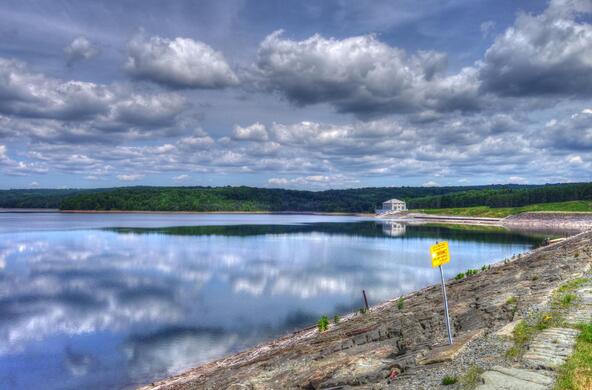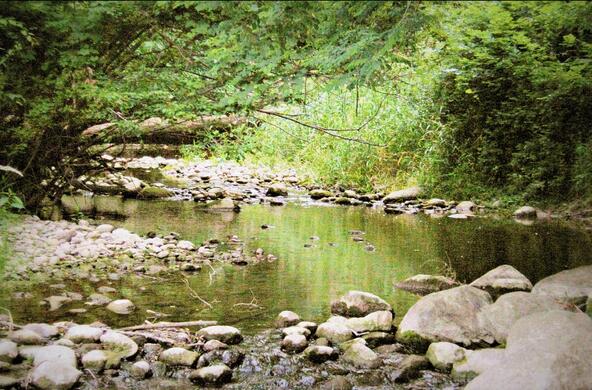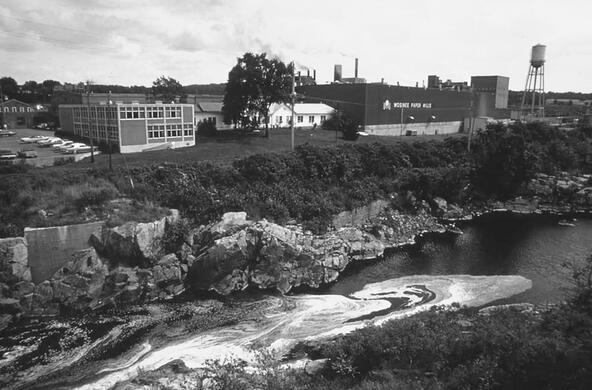We live on the blue planet. Some 70% of the Earth’s surface is covered with water, but only 2.5% is classified as fresh. And most freshwater is frozen in polar icecaps, or present in areas that can’t be tapped, such as deep underground aquifers or moisture in soils.
This leaves a mere 1% of freshwater available to humans, in the form of accessible groundwater, lakes, rivers, and reservoirs. These supplies are renewed by snow and rainfall, but they are under intense pressure to meet the demands of our ever-growing population. Protecting freshwater is vital to human health, agricultural production, and the persistence of freshwater fish and wildlife.
So it was welcome news when, in 2003, a collaborative group of scientists from ten countries formed the Global Lake Ecological Observatory Network (GLEON). Their goal: keeping a pulse on environmental conditions in lakes across the world. The Cary Institute’s Kathleen Weathers is co-Chair of GLEON’s Steering Committee and has played a leadership role in the effort.
The GLEON network relies on high-resolution sensors deployed in lakes. These sensors collect data on everything from temperature and pH to oxygen levels and the presence of chlorophyll. This information helps scientists understand, predict, and communicate how lakes are responding to variables like extreme weather, invasive species, fishing pressures, and escalating water withdrawals.
There are now GLEON sites in more than 20 countries, including Australia, Canada, China, Finland, Israel, New Zealand, South Korea, Taiwan, United Kingdom, and the United States. And while GLEON is unique for its network of lake observatories, even more important is its human network. The knowledge, motivation, and ideas shared by partners – which now hail from 40 countries – has been instrumental in advancing freshwater management.
The second annual GLEON Fellowship Workshop was held August 19-23, 2013, at Trout Lake Station, Wisconsin. The above photo shows the GLEON team on the pier near Trout Lake Station, the field station for the Center for Limnology, University of Wisconsin. Photo: Grace Hong.
The network is also committed to training the next generation of freshwater scientists. GLEON’s Student Association provides graduate students with a window into the collaborative, international, and interdisciplinary nature of network science. And the newly formed GLEON Fellowship Program, made possible through National Science Foundation funding, provides financial and logistical support to a cohort of twelve doctoral students.
Cary Institute postdoctoral researcher Emily Read, a past GLEON Student Association chair, is co-leading the GLEON Fellowship Program in collaboration with Weathers and Paul Hanson of the University of Wisconsin-Madison. Their next meeting will take place on the Cary Institute’s campus in January.
Together, the GLEON network and its fellows are working to safeguard the world's freshwater lakes. To learn more about the effort, visit www.gleon.org.





